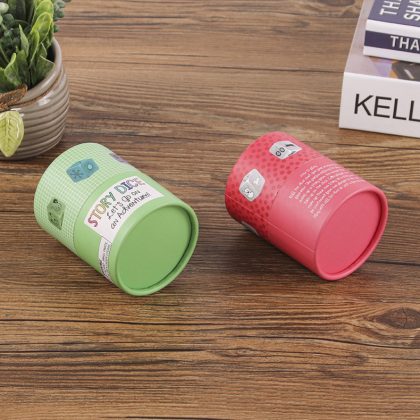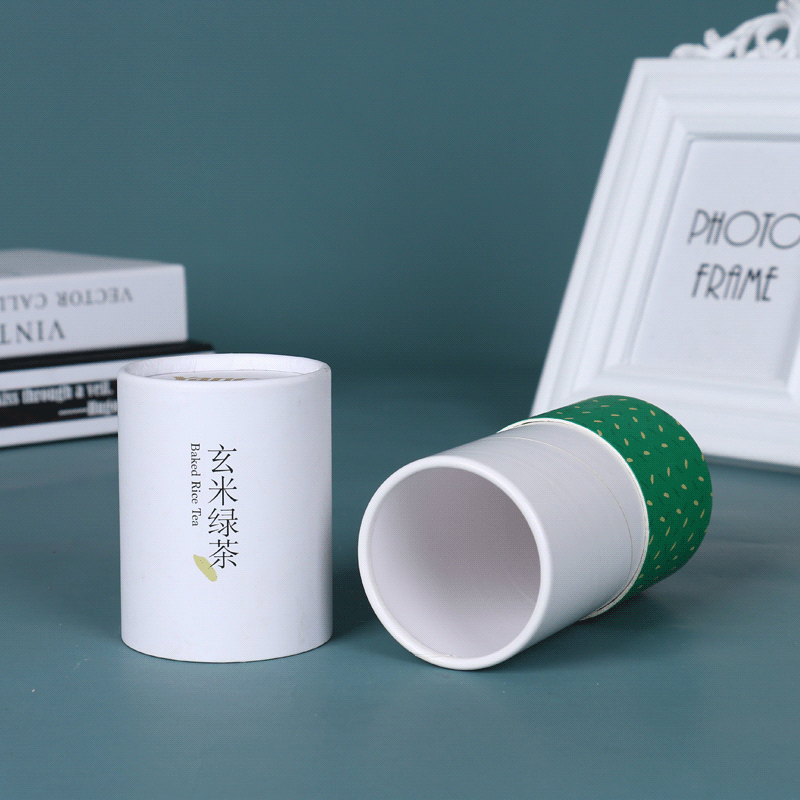The production process of corrugated cardboard boxes typically involves several steps:
- Paper making: The process begins with the creation of paperboard, which is made from recycled paper fibers. The paperboard is produced using a multi-step process that involves pulping, screening, cleaning, and refining.
- Corrugating: The paperboard is then fed through a corrugating machine, which creates the characteristic ridges or flutes in the material. The corrugated board is made up of a top layer, a bottom layer, and a layer of fluted paper in between.
- Cutting: The corrugated board is cut into sheets of the desired size using a rotary or flatbed cutter.
- Printing: If desired, the corrugated board can be printed using one of the printing methods mentioned previously.
- Die cutting: The sheets of corrugated board are then die cut into the desired shape using a die cutting machine. This step creates the specific design of the box, including flaps and other features.
- Folding and gluing: The die cut sheets are then folded and glued to create the final box shape. This step may be done manually or using automated equipment.
- Quality control: Throughout the production process, the boxes are checked for quality and defects. This ensures that the boxes meet the required specifications and will perform as intended during transportation and storage.
- Shipping: The finished corrugated cardboard boxes are then packaged and shipped to customers or distribution centers.
Overall, the production process of corrugated cardboard boxes is a complex and precise process that involves several steps to ensure that the final product meets the required standards for strength, durability, and performance.


